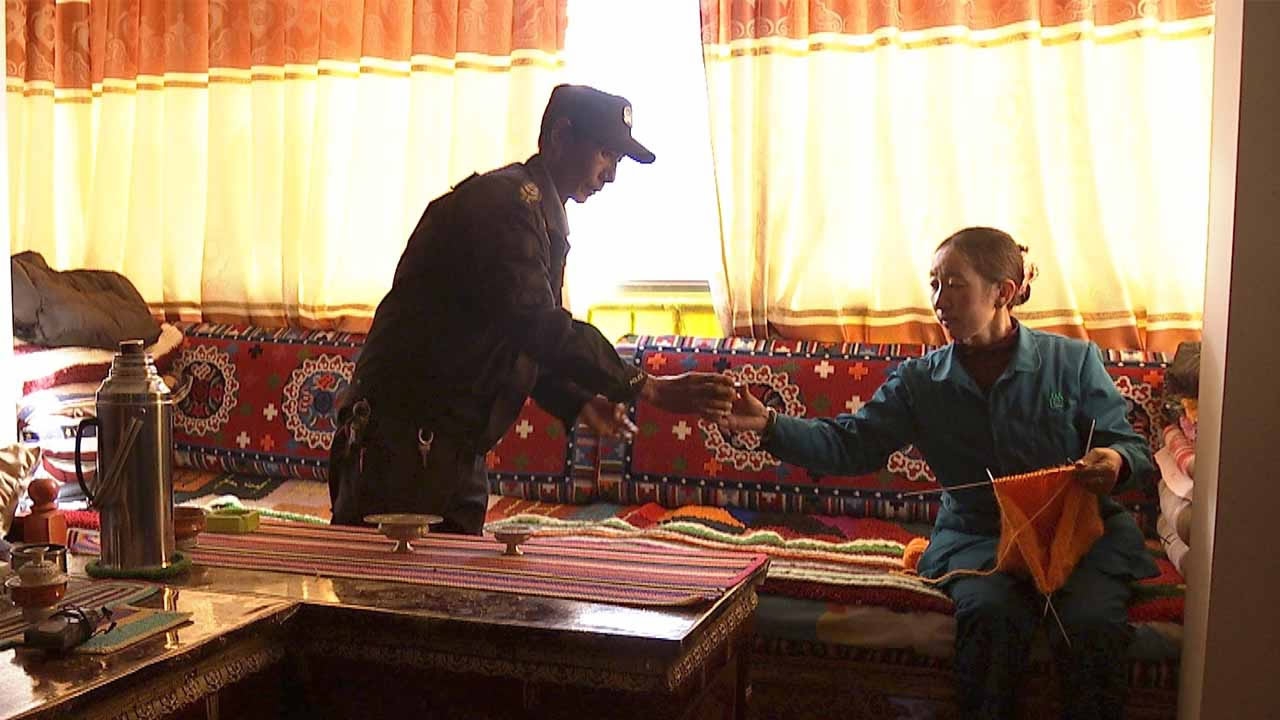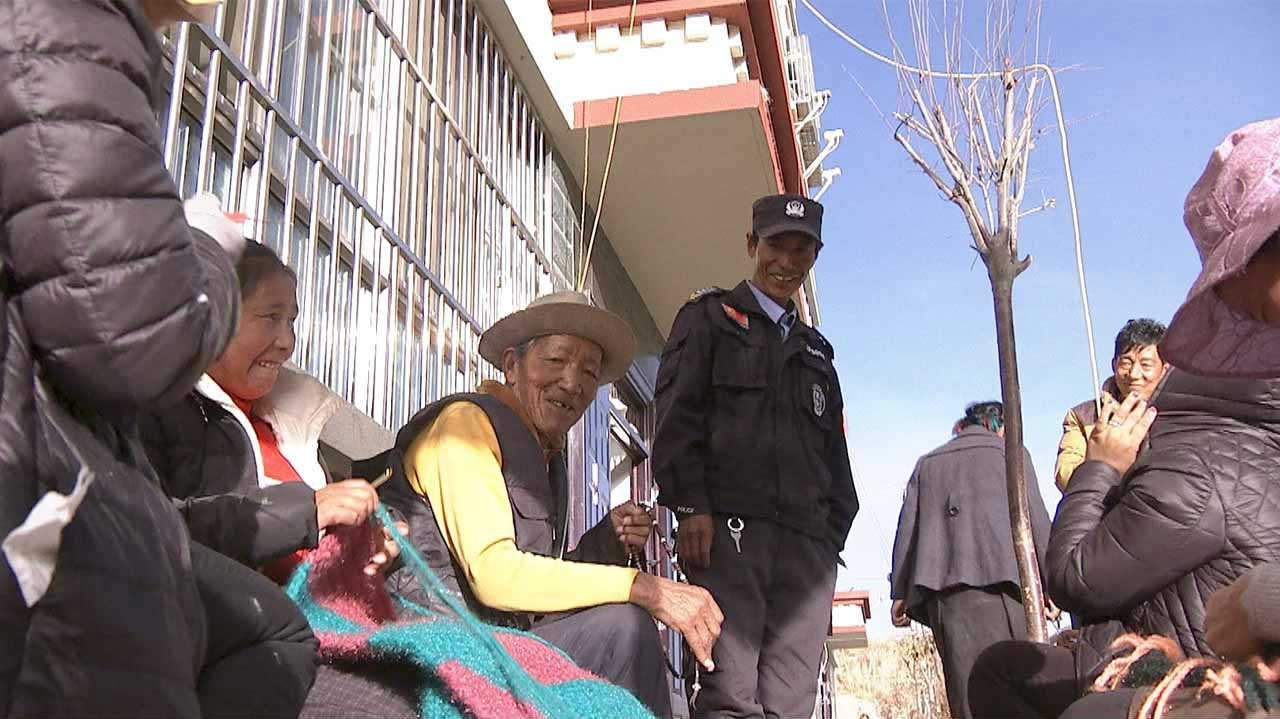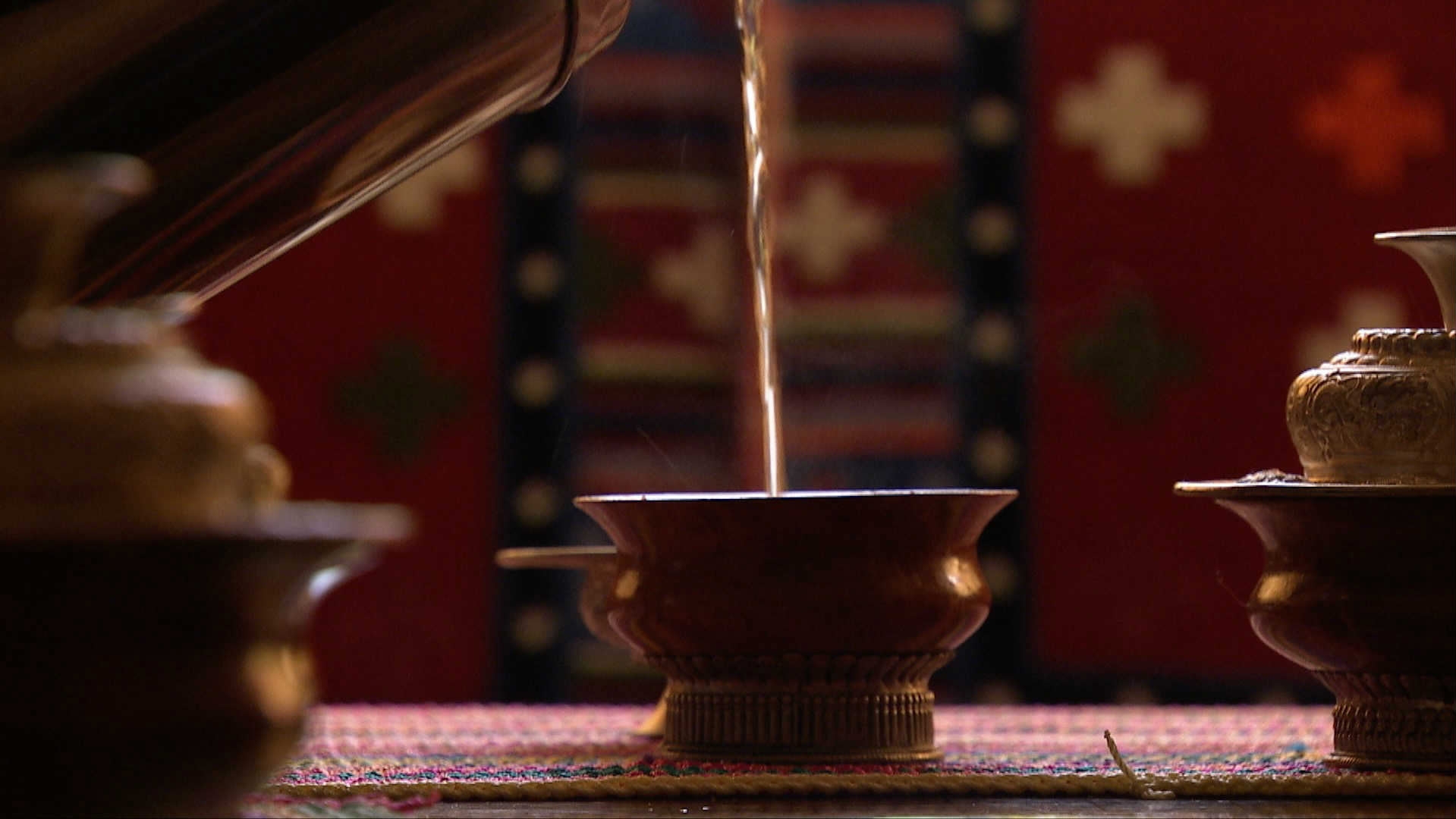
Business
21:56, 06-Dec-2017
Poverty relief in Tibet – episode one: New housing, new lease of life
Wang Zheng, Yang Xinmeng, Meng Fanke

It has been a year since Jigme and his family moved into their new apartment in Lhasa, southwest China’s Tibet Autonomous Region, and in the man’s words, “Life can’t get any better.”
Jigme used to be a farmer in a small village in northern Tibet. He owned 2.5 mu of land (one mu is about one-tenth of a football field), and three cows. The family was living in poverty, and could barely make ends meet. Jigme’s son had to drop out of school to help work the land.
The annual income per capita for the family of four stood at 2,800 yuan (423 US dollars). Each member was living under 1.2 US dollars per day – they could barely keep their heads above the water.
But last year, the local government’s targeted poverty relief policy threw them a lifeline. Jigme and his family were relocated, along with another 213 families in the same county, to Chengguan district in Lhasa.

CGTN photo
CGTN photo
They were given a newly furnished apartment and tools to help them stay afloat.
Jigme became a janitor after undergoing government-sponsored training. His daughter and son were enrolled in local vocational schools.
The family now earns an annual income of 6,000 yuan (907 US dollars) per capita – double what they used to make.

CGTN photo
CGTN photo
Under the poverty alleviation policy, Chengguan region accommodated 331 households in 2016, and 370 others this year.
The relocation of families in need to urban areas is accompanied by opportunities for children and teenagers to pursue their education, ensuring that hard times are a thing of the past for those who have endured brutal deprivation for a long time.
2557km

SITEMAP
Copyright © 2018 CGTN. Beijing ICP prepared NO.16065310-3
Copyright © 2018 CGTN. Beijing ICP prepared NO.16065310-3